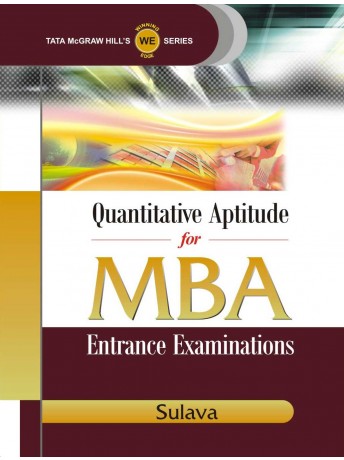|
#2
15th April 2016, 09:50 AM
| |||
| |||
| Re: Common Admission Test Books Free Download
The Common Admission Test (CAT)[3] is a computer based test held in India. The test scores a candidate on the bases of Quantitative Ability (QA), Verbal Ability (VA) and Reading Comprehension (RC), Data Interpretation (DI) and Logical Reasoning (LR). CAT good Books   CAT 2015 based paper Section 1 Verbal Reading Comprehension Language is not a cultural artifact that we learn the way we learn to tell time or how the federal government works. Instead, it is a distinct piece of the biological makeup of our brains. Language is a complex, specialized skill, which develops in the child spontaneously, without conscious effort or formal instruction, is deployed without awareness of its underlying logic, is qualitatively the same in every individual, and is distinct from more general abilities to process information or behave intelligently. For these reasons some cognitive researchers have described language as a psychological faculty, a mental organ, a neural system, and a computational module. But I prefer the admittedly quaint term “instinct”. It conveys the idea that people know how to talk in more or less the sense that spiders know how to spin webs. Web-spinning was not invented by some unsung spider genius and does not depend on having had the right education or on having an aptitude for architecture or the construction trades. Rather, spiders spin spider webs because they have spider brains, which give them the urge to spin and the competence to succeed. Although there are differences between webs and words, I will encourage you to see language in this way, for it helps to make sense of the phenomena we will explore. Thinking of language as an instinct inverts the popular wisdom, especially as it has been passed down in the canon of the humanities and social sciences. Language is no more a cultural invention than is upright posture. It is not a manifestation of a general capacity to use symbols: a three-yearold, we shall see, is a grammatical genius, but is quite incompetent at the visual arts, religious iconography, traffic signs, and the other staples of the semiotics curriculum. Though language is a magnificent ability unique to Homo sapiens among living species, it does not call for sequestering the study of humans from the domain of biology, for a magnificent ability unique to a particular living species is far from unique in the animal kingdom. Some kinds of bats home in on flying insects using Doppler sonar. Some kinds of migratory birds navigate thousands of miles by calibrating the positions of the constellations against the time of day and year. In nature’s talent show, we are simply a species of primate with our own act, a knack for communicating information about who did what to whom by modulating the sounds we make when we exhale. Once you begin to look at language not as the ineffable essence of human uniqueness hut as a biological adaptation to communicate information, it is no longer as tempting to see language as an insidious shaper of thought, and, we shall see, it is not. Moreover, seeing language as one of nature’s engineering marvels — an organ with “that perfection of structure and co- adaptation which justly excites our admiration,” in Darwin’s words - gives us a new respect for your ordinary Joe and the much-maligned English language (or any language). The complexity of language, from the researcher’s point of view, is part of our biological birthright; it is not something that parents teach their children or something that must be elaborated in school — as Oscar Wilde said, “Education is an admirable thing, but it is well to remember from time to time that nothing that is worth knowing can be taught.” A preschooler’s tacit knowledge of grammar is more sophisticated than the thickest style manual or the most state-of-the-art computer language system, and the same applies to all healthy human beings, even the notorious syntax fracturing professional athlete and the, you know, like, inarticulate teenage skateboarder. Finally, since language is the product of a well engineered biological instinct, we shall see that it is not the nutty barrel of monkeys that entertainer columnists make it out to be. 1. According to the passage, all of the following stem from popular wisdom on language Except? (1) Language is a cultural artifact. (2) Language is a cultural invention. (3) Language is learnt as we grow. (4) Language is a psychological faculty. 2. Which of the following can be used as parallel reasoning for the “spiders know how to spin webs” analogy as used by the author? (1) A kitten learning to jump over a wall (2) Bees collecting nectar (3) A donkey carrying a load (4) A horse running a Derby 3. According to the passage, which of the following is unique to human beings? (1) Ability to use symbols while communicating with one another. (2) Ability to communicate with each other through voice modulation. (3) Ability to communicate information to other members of the species. (4) Ability to use sound as means of communication. |